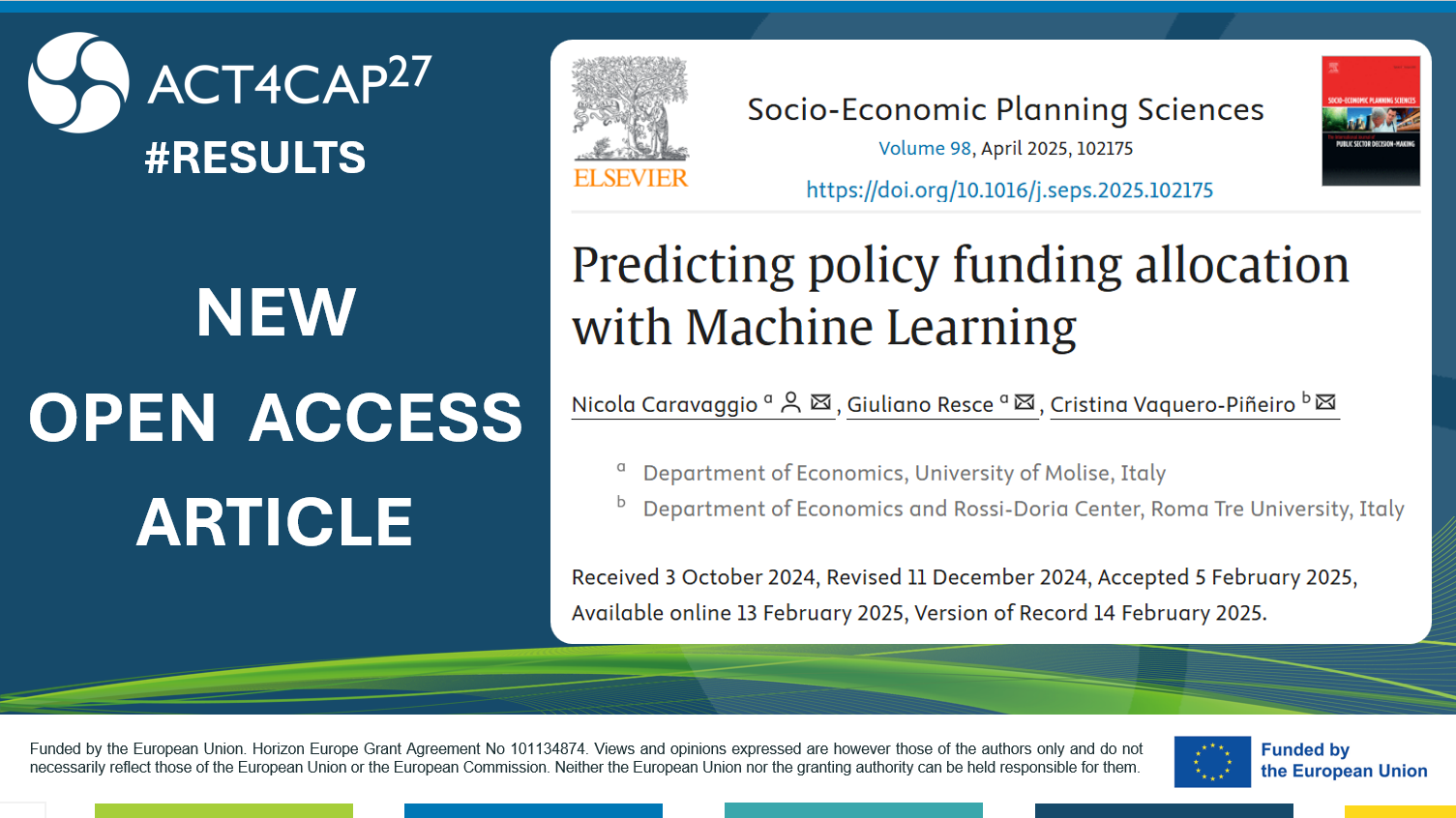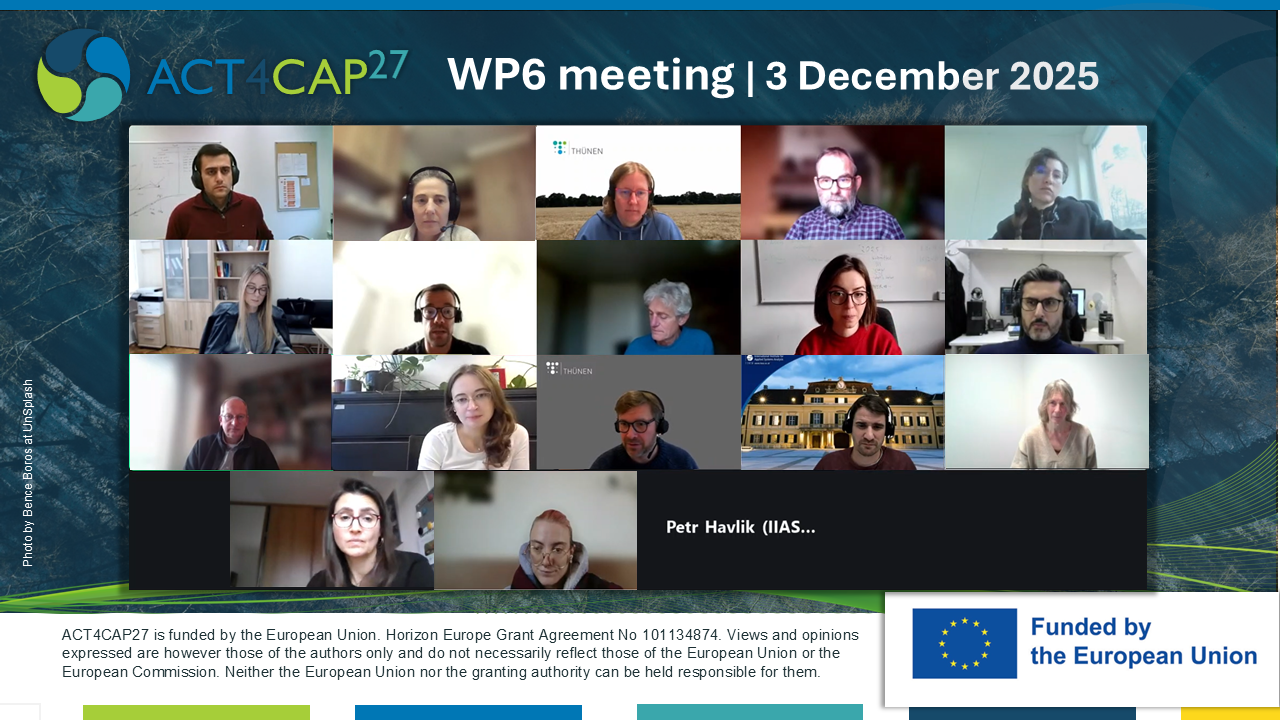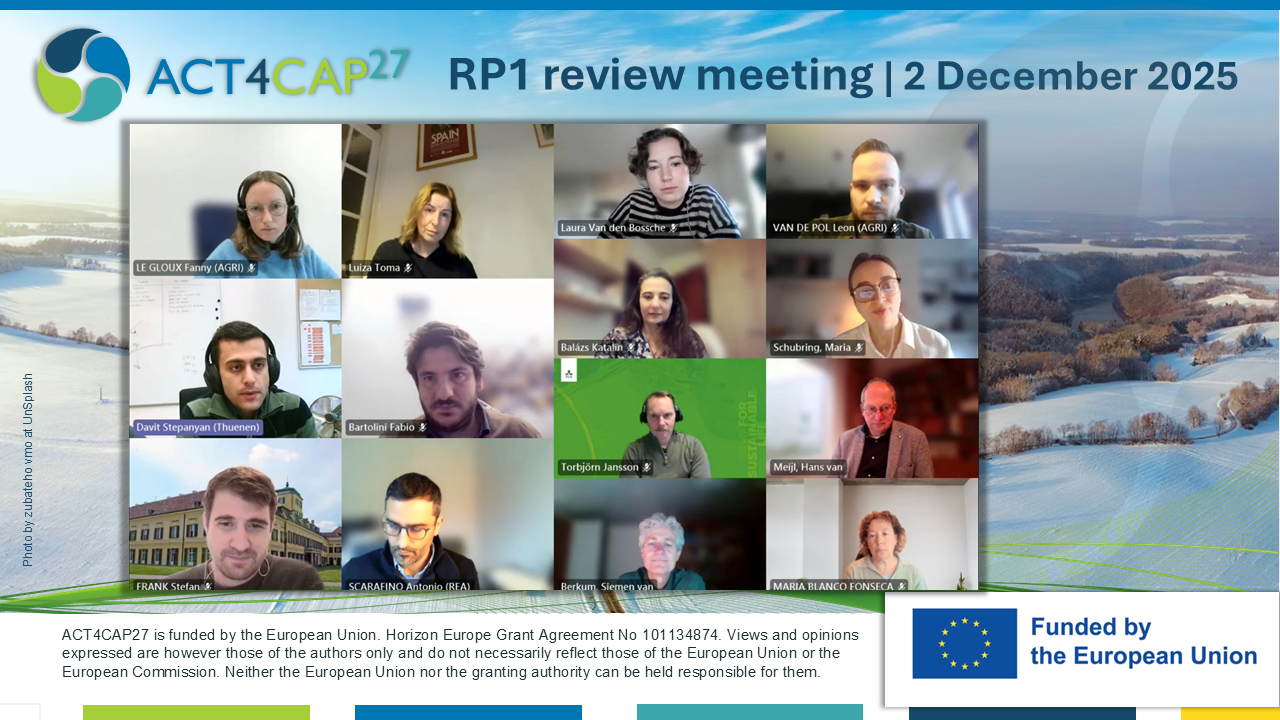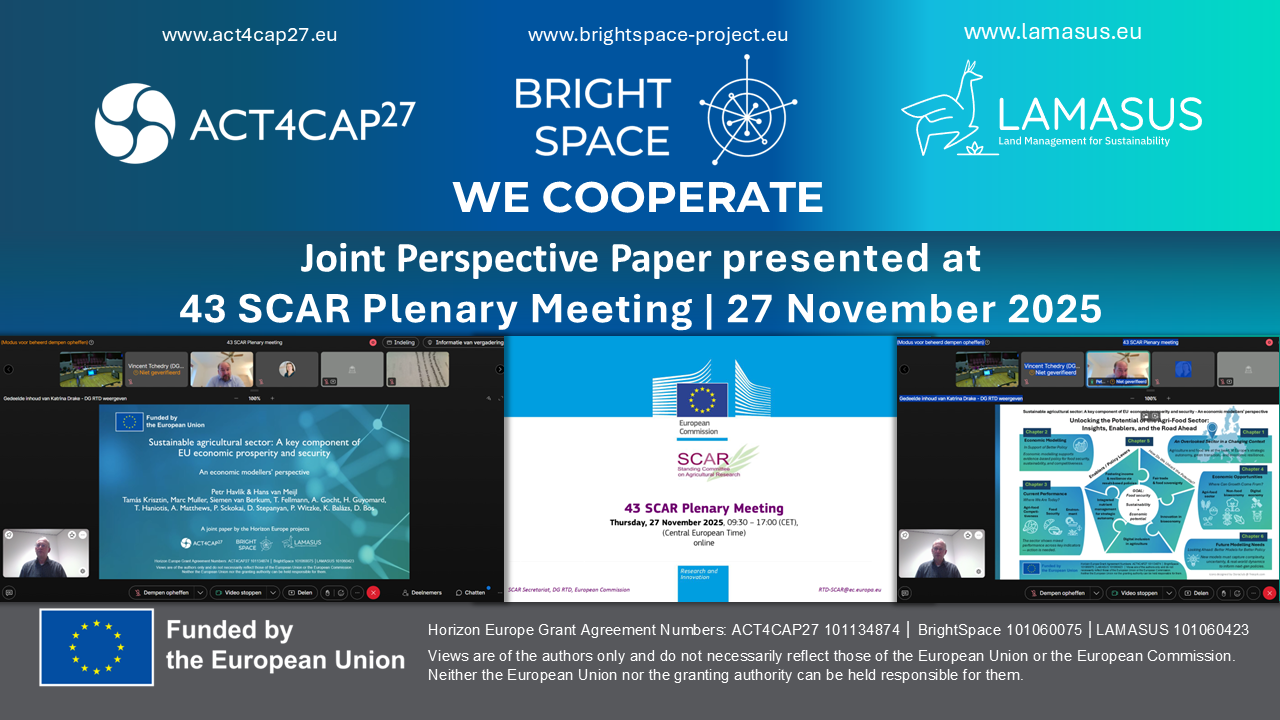Predicting policy funding allocation with Machine Learning
Authors: Nicola Caravaggio, Giuliano Resce, Cristina Vaquero-Piñeiro
Published: Available online 13 February 2025 / Socio-Economic Planning Sciences, Volume 98, 2025, 102175, ISSN 0038-0121,
Abstract
Allocating funds through competitive opportunities is a core tool of place-based development policies, and it can generate economic benefits and support the revitalisation of left-behind territories. By relying on Machine Learning techniques, this paper investigates the predictability of actors expected to benefit from EU development funding over the 2014-2020 period in Italy. The results show that it is possible to make out-of-sample predictions and diagnose the precise factors influencing fund allocation, such as territorial attributes, economic dimensions, and production specialization. Knowing in advance potential winners of the calls can help design tailored territorial, and even sectorial, policies to address the obstacles to local development and green transition, and to efficiently distribute resources within the policy framework. This evidence contributes to the reflection launched by the Commission’s on the future of the competitiveness of the EU.
Keywords: Competitive funding, sustainable development, Machine Learning, Firm-level data.
Read the full article here: https://doi.org/10.1016/j.seps.2025.102175
Acknowledgements
The work was partly funded by the Horizon Europe 101134874. ACT4CAP27 project (Advancing Capacity and analytical Tools for supporting Common Agricultural Policies post 2027) (https://act4cap27.eu/).
Cite this article
Caravaggio, Nicola and Resce, Giuliano and Vaquero-Piñeiro, Cristina, Predicting Policy Funding Allocation with Machine Learning (October 08, 2024). Available at SSRN: https://ssrn.com/abstract=4978681 or http://dx.doi.org/10.2139/ssrn.4978681
Rights and permissions
Open Access This article is licensed under a Creative Commons Attribution 4.0 International License, which permits use, sharing, adaptation, distribution and reproduction in any medium or format, as long as you give appropriate credit to the original author(s) and the source, provide a link to the Creative Commons licence, and indicate if changes were made. The images or other third party material in this article are included in the article’s Creative Commons licence, unless indicated otherwise in a credit line to the material. If material is not included in the article’s Creative Commons licence and your intended use is not permitted by statutory regulation or exceeds the permitted use, you will need to obtain permission directly from the copyright holder. To view a copy of this licence, visit http://creativecommons.org/licenses/by/4.0/.
Source: UniRoma3




